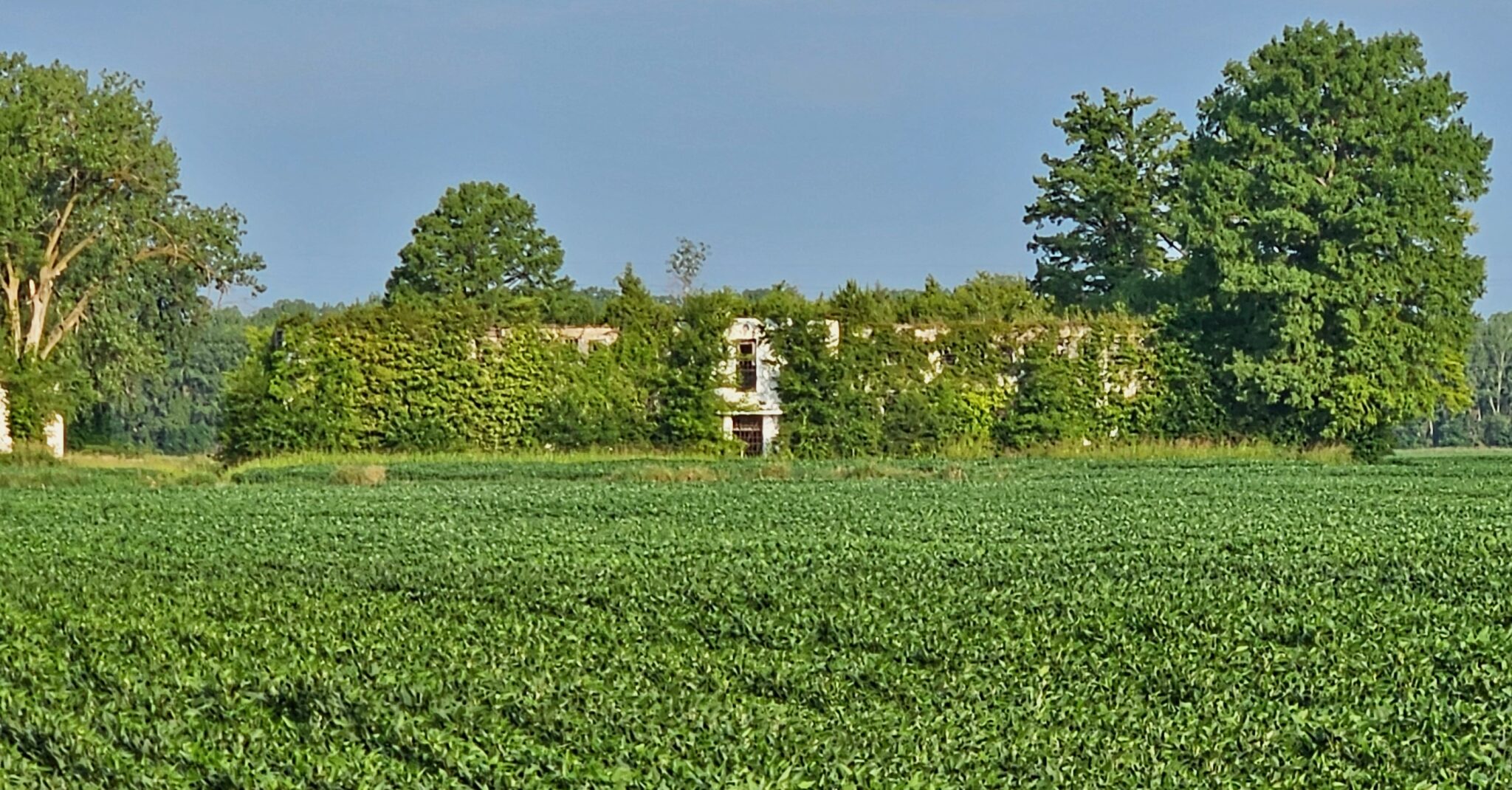Great Flood of 1993 remains vivid memory for those who experienced long-running disaster

In the predawn hours of July 29, 1993, I sat with Earl Buck outside his New Franklin mobile home as the Missouri River rose two inches an hour on a sandbag levee he built with help from neighbors and volunteers.
After three days of stacking, there were no more bags. In the darkness, when water attacks with stealth, Buck felt defeated.
“I’m going to lose everything I’ve got,” he said. “I’m going to lose her all in one swipe.”
Those anxious hours in southern Howard County along the Missouri River are among the most vivid of my memories from the Great Flood of 1993. I was thinking recently about similarities between this year’s drought and the record floods on the Missouri and Mississippi rivers when I pulled out the retrospective on the flood published by my old newspaper, the Columbia Daily Tribune, a few months after the water went down.
Like the drought, the flood developed over many weeks. At the beginning of July 1993, forecasts predicted water that would exceed records that had stood for 150 years.
The crest that set the record arrived two weeks later. After the river receded a bit, a new round of heavy rains added three feet of water to the records set in the middle of the month.
It was extended water torture, punctuated by moments of crisis.
“The oldest old-timers had never seen anything like it,” I wrote in 1993. “Eight weeks of flooding wrapped around two record-setting crests. And in the middle of July, a seductive few days when forecasters said the worst was over.”

It was the worst natural disaster ever to hit Missouri in terms of property damage. Once I start thinking about that summer, I have dozens of other memories that crowd in.
In early July, driving back from watching an ultimately futile effort to hold back rising water along a Howard County creek, the local rock station decided 3 a.m. was time to play “When the Levee Breaks” by Led Zeppelin.
I later saw homes crushed by levee breaks that sent a wall of water surging upon them. I sat up late into the night with displaced people as they watched a helicopter circle searching for survivors of an overturned boat. They talked about friends, families and neighbors wiped out by the flood.
I flung sandbags. I carried furniture. I toured flooded towns and fields in canoes and motorboats.
Some of the memories are peculiar. I watched Ross Perot being ferried in a jon boat, standing up like Washington crossing the Delaware, out to a Rocheport home surrounded by sandbags.
I figured out that you can tell when a river is rising by watching for earthworms fleeing to higher ground at the water’s edge. And after a flight in a small plane on a particularly hot and turbulent day, I vomited immediately when we landed and sought refuge for the rest of the afternoon in a dark, air-conditioned room.
Because it plays out over months, the memories a flood embeds remain vivid and become defining events even for people who were not displaced. My mother was 10 years old during the 1937 flood on the Ohio River at Louisville and as we grew up in the 1960s, she would point out, unprompted, how the water engulfed various parts of the city.
Officially, the 1993 flood lasted from May through September along the Mississippi and Missouri Rivers and their tributaries, killing at least 50 people and causing billions in damages in North Dakota, South Dakota, Nebraska, Kansas, Minnesota, Iowa, Missouri, Wisconsin, and Illinois.
High water marks were set from St. Joseph to St. Louis on the Missouri River and from Rock Island, Illinois to Cape Girardeau on the Mississippi.
It taught us things about ourselves that perhaps we had forgotten as society sped up.
Volunteers showed up by the thousands to help sandbag, move belongings out of danger and operate makeshift kitchens and shelters for the displaced.

“Altogether the nameless thousands saved dozens of homes and prevented uncounted potential damages,” I wrote in 1993. “They also taught us that people still care about whether their neighbor down the road is safe.”
It taught us things about the rivers that have shaped flood-response policy ever since. Properties subject to repeated flood insurance claims were purchased at pre-flood value or the owners were required to raise the structure above likely flood levels.
Visit Lupus, a hamlet in Moniteau County, for an example of a town on stilts. Or Rhineland, in Montgomery County, that relocated every building that could be moved to higher ground.
And new thinking governed taxpayer-financed reconstruction of the levees that had turned swamps into productive farmland.
In some places, the barriers were realigned to accommodate, rather than fight, the force of high flows. In other locations, the levees weren’t rebuilt at all and the land was purchased for use as a wildlife refuge.
Now 20,000 acres owned by the federal government, and thousands more purchased by the Missouri Department of Conservation, provide room for water to spread out, lowering flood levels downstream.
Some places, like in the Chesterfield Valley of St. Louis County, have built their levees higher than ever, hoping that no flood exceeds the 1993 inundation.
I fear it is a false hope. And I stand by what I wrote in 1993:
“More than anything, the flood swept away the idea that the river was a benevolent monster amenable to the whims of mankind.”
Miss Clipping Out Stories to Save for Later?
Click the Purchase Story button below to order a print of this story. We will print it for you on matte photo paper to keep forever.

